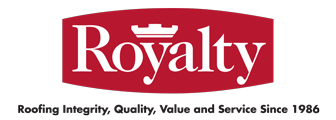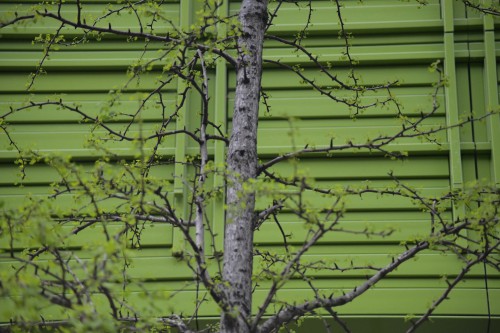Trees and Your Commercial Roof
Trees can add beauty around your commercial property during all seasons of the year. Plus, depending on their height and proximity to the building, trees can offer some shade and possibly keep your building a little cooler and HVAC units a little less busy. But there are some tree-commercial-roof issues to watch out for.
Roof damage
To counteract potential damage from branches and limbs, keep trees properly trimmed back and remove dead ones. Pay special attention to where tree limbs are before storms hit, because falling branches and limbs can damage your commercial roof. Plus, wind can drag fallen branches across the roof surface and further damage the membrane.
Effects on gutters
Gutters and drainage systems can become clogged with leaves and twigs from trees. In turn, water can back up, which can lead to ponding water and leaks.
Critters
Squirrels, birds, bugs and other animals take up residence in trees, and the closer the trees are to the edge of your roof, the more likely these critters are to include your facility in their habitat. Avoiding this infestation is another good reason to keep trees trimmed.
Roof line and trees
Of course, there are a lot of variables, but there are some simple “height-distance” rules of thumb to consider with respect to a commercial roof and trees: a tree taller than 70 feet should have branches at least 20 feet from the building; trees less than 70 feet tall should have branches at least 15 feet away; and trees that are less than 30 feet tall should be 8 to 10 feet from the building.
With some advance planning and special attention to maintenance and repairs, you can have the benefits of having trees near your commercial roof without the drawbacks. We don’t do trees, but if your roof has suffered because of them, we invite you to call us at your earliest convenience.


